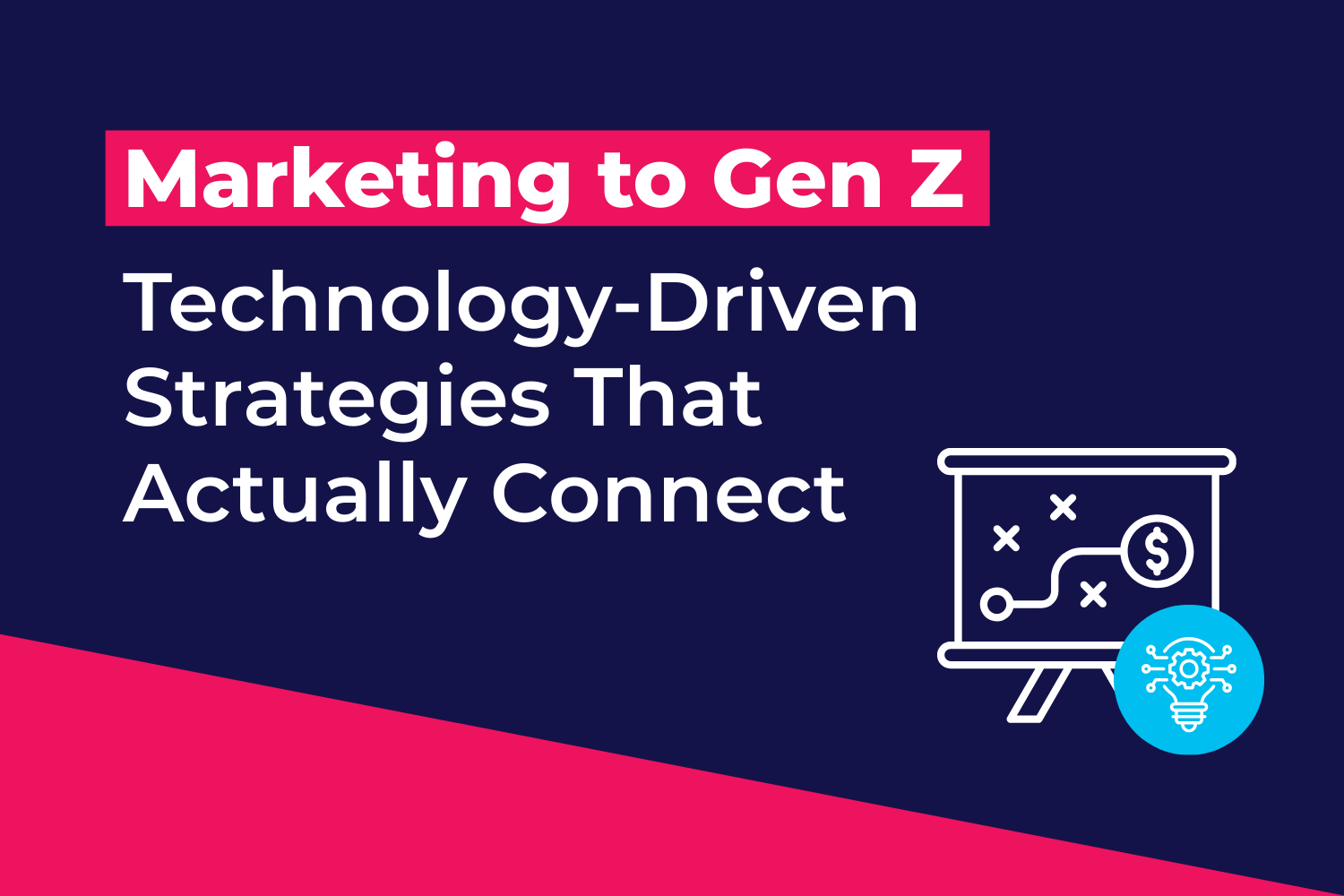High-Impact Growth Marketing Channels to Scale Business Growth
| Pathlabs Marketing |
| June, 23 2023 |
CONTENTS
Types of Growth Channels
Why are Growth Channels Important for Business?
It is imperative to discover channels and ad methods that propel business growth. Join us as we embark on an insightful exploration of growth marketing channels to do so.
Together, we will uncover the key elements that make up these channels and how marketers should approach them.
What are Growth Marketing Channels?
Growth marketing channels are digital channels and avenues through which businesses can attract, engage, and retain customers.
These channels serve as conduits for business growth, enabling companies to effectively promote their products or services, acquire new customers, and foster customer loyalty.
Types of Growth Marketing Channels
Paid Channels
Paid channels involve investing financial resources to promote products or services. These channels provide immediate visibility and targeted exposure to desirable audiences. Examples include paid advertising on search engines, social media platforms, ad networks, and influencer collaborations.
Organic and Owned Channels
Owned channels refer to marketing assets businesses produce and have direct control over, like websites, mobile applications, email lists, and social media profiles.
Organic channels are meant to drive non-paid traffic to a business and can include social media engagement, search engine optimization (SEO), and content marketing.
Owned and organic channels fall into the same bucket: take social media, for example. This is an organic channel because marketers can publish content here for free and gradually engage users. Additionally, they will most likely publish it on their company-owned social media accounts.
An SEO blog is another example. It will appear in search engines, an organic channel, bringing the user to the blog landing page owned by the business that publishes it.
“A common question is when a marketer should use paid, organic, or owned advertising methods. It depends on the industry and the stage of business the company is at.
If a company is in or approaching the growth stage, they may already produce organic content (e.g., blog posts, videos, static photos, etc.). They also have the opportunity to explore paid advertising to go further.”
Why are Growth Channels Important for Business?
“Growth channels are important because if a marketer wants to grow their business, whether with sustained retention and loyalty, or new customers, they need to find the right mediums and channels that promise this growth and align with the business objective.
A paid channel may make more sense if this objective is rapid growth. While organic can be ideal for natural and gradual improvement. Marketers need to be astute when making these decisions, and know the difference”
A concept to help capture this importance is fly fishing. Anglers want to choose the best bodies of water that give them the utmost quantity and quality of fish. Therefore, they can’t randomly select a stream, cast out, and expect fish to bite.
The same occurs in marketing. There are so many channels like paid, social, email, content, etc., the marketer can’t just pick one and hope the right, most qualified users are present within it.
So, they need to research, think about their specific goals, and experiment with different channels to find and select the best options catering to growth. They need to choose the best streams catering to the best fish.
High-Impact Growth Channels
While numerous growth channels are available, specific ones have demonstrated a high impact in driving business growth. Let's explore some of these influential growth channels:
Paid Advertising
Paid advertising is any channel where advertisers pay a certain amount to push content and see results. The advertiser may pay for clicks, impressions, conversions, etc. Examples of traditional paid media channels include out-of-home, broadcast radio, and traditional TV (cable, broadcast, satellite). Digital channels can be native, display, search engine marketing, social media, Connected TV, video (Youtube, Pre-roll, Mid-roll), DOOH, and audio.
Paid is desirable because marketers commonly deploy these advertisements with programmatic platforms. These platforms use data, machine learning, and artificial intelligence to take a lot of the heavy lifting off the plate of the marketer as well as target users based on demographic, behavioral, and business objective parameters.
Social Media Marketing
Social media is a go-to option for almost all marketing teams because it can be a paid or non-paid channel. When taking the non-paid route, marketers can simply set up their accounts and generate as much content as they want to build a brand and increase visibility.
“While for the paid route, it is no doubt that social media marketing is a huge game changer. These ads have specific targeting options, and we can even find ways to integrate them into a user’s experience within the platform to make it feel much more natural than a typical ad.”
Email Marketing
Email marketing is an effective method for delivering marketing content to users. This is due to email’s wide usage and accessibility on mobile and web channels. Moreover, email marketing relies on opt-in consent, indicating that users who subscribe have a higher propensity to lean in.
Marketers can leverage this channel beyond traditional ads by promoting content like blogs, articles, insights, videos, or audio, fostering organic engagement and building strong relationships.
However, marketers should avoid overuse, as excessive or irrelevant emails can lead to user unsubscribes. Marketers should prioritize relevance to ensure success and understand that less is more. Fortunately, email delivery platforms like HubSpot and Mailchimp utilize data-driven methods to target and personalize emails, suggesting delivery times, greeting language, and much more to enhance the overall user experience.
Paid Search & SEM
Search is a powerful growth channel because of its wide use. Google alone processes 3.7 billion searches a day – creating lots of room for ads and engagement.
The specific marketing methods tied to search are SEO and SEM. Search Engine Optimization (SEO) is the method of organically improving website visibility, driving long-term traffic. This is most commonly rewriting website language, so it appears as snippets in Google or in more search results.
As mentioned, Search Engine Marketing (SEM) is a paid channel. Marketers pay to field search ads and bid on keywords – grabbing users in mid-search. Together, these two boost online presence and drive qualified leads for businesses.
Influencer Marketing
“Influencer marketing is a wise marketing option in our current market. We can utilize people who already appeal to a campaign’s target market to promote our message instead of trying to build our audience or presence.
The influencer benefits by being paid for promoting content, while the marketer gets viable results from the traffic. It is a win/win.”
Despite being a suitable channel, marketers need to keep an eye out for their brand safety. It is important to pick reliable, legitimate influencers that will help elevate and activate campaigns. It is also a best practice to establish clear guidelines and expectations concerning how they will present the brand and which methods they will use.
Factors to Consider When Choosing Growth Marketing Channels
Who will the channel target?
The target audience should be the core concern when selecting growth channels. Marketers should verify how a given channel will provide a better reach or growth pathway than others.
Having data and evidence about the audience persona residing in a certain channel can only help with this selection.
What is the monetary and time investment related to selecting these channels?
Selecting a channel like content, search, or paid marketing isn’t a decision a marketer can easily make and change later. For content marketing, it will take time to develop and publish content and wait for audiences to bite. For paid media channels, it takes time, strategy, and optimizations to garner the best results. Committing to long-term digital media investment is key to reaching your audience consistently.
So, teams should be positive that they have enough team members and bandwidth to explore and integrate the channel and budget to sustain them throughout this growth.
Are there chances for integration?
An integrated media campaign utilizes multiple marketing methods to create additional touchpoints and opportunities for engaging customers. For instance, a marketing team can run ads through email, search, and CTV, enabling users to interact with the ad content across multiple platforms simultaneously.
It is highly beneficial to explore growth channels that integrate effectively. For example, if a marketer incorporates DOOH (Digital Out-of-Home) ads, it would be advantageous to consider combining them with another channel, such as SEM. This way, users who encounter the DOOH touchpoint may be inclined to search for related terms the marketer can bid on. Making their ad content show up in more results.
The integration of these two channels guides users along the marketing funnel more effectively. Marketers can streamline processes and simplify efforts by strategically selecting compatible channels and ad methods.
Evaluating Growth Marketing Channels
Analyzing Audience Demographics and Behavior
To analyze growth marketing channels comprehensively, marketers should understand their target audience's demographics and behavior. This involves collecting and analyzing data on factors like age, gender, location, and interests.
By leveraging research tools, Google Analytics, ad platform insights, and customer surveys, marketers can gain valuable insights into who their audience is and how they behave. This information helps them tailor their marketing strategies, messaging, and channel selection to reach and engage their target market effectively.
Identifying Goals and KPIs
Marketers must establish clear goals when evaluating growth marketing channels and identify key performance indicators (KPIs) that align with their overall marketing objectives. Objectives can vary from increasing brand awareness, driving website traffic, generating leads, or improving sales conversions.
Once defined, relevant KPIs such as website visits, click-through rates, conversion rates, and customer acquisition costs can be tracked and analyzed. Regular monitoring and analysis of these metrics enable marketers to assess the performance of different channels and make data-driven decisions for optimization and resource allocation.
Teams should have KPIs by marketing tactic but have one business objective. KPIs by tactic are leading indicators of how that specific channel contributes to the overall objective but should not oversee the overall business objective.
If the overall business objective is failing, but tactic KPIs are successful, it's time to readdress and optimize the strategy because it's not pushing our end business objective.
A/B Testing and Experimentation
“At Pathlabs, we use A/B tests often to understand which creatives and channels drive the most traffic and performance. One of the simplest ways we run these tests is by experimenting with deploying two or more versions of the same ads (with slight differences) or running similar ads within multiple different channels. This testing runs during 2-3 month periods.
This experimentation accurately depicts what is and isn’t working and allows the creatives to settle in and generate mature statistics. At the end of the test, we evaluate based on key metrics how the ads performed and can make informed decisions on creatives and channels beyond the test.”
In Conclusion
This blog explored the importance of growth marketing channels and their role in propelling business growth. We discussed different growth channels and emphasized the factors to consider when choosing them, such as target audience, investment requirements, and overall goals.
To evaluate growth marketing channels effectively, we emphasized leveraging past campaign data, analyzing audience demographics, and setting clear goals and KPIs. By implementing the right mix of channels, marketers can attract, engage, and retain customers effectively, ultimately driving business success.















